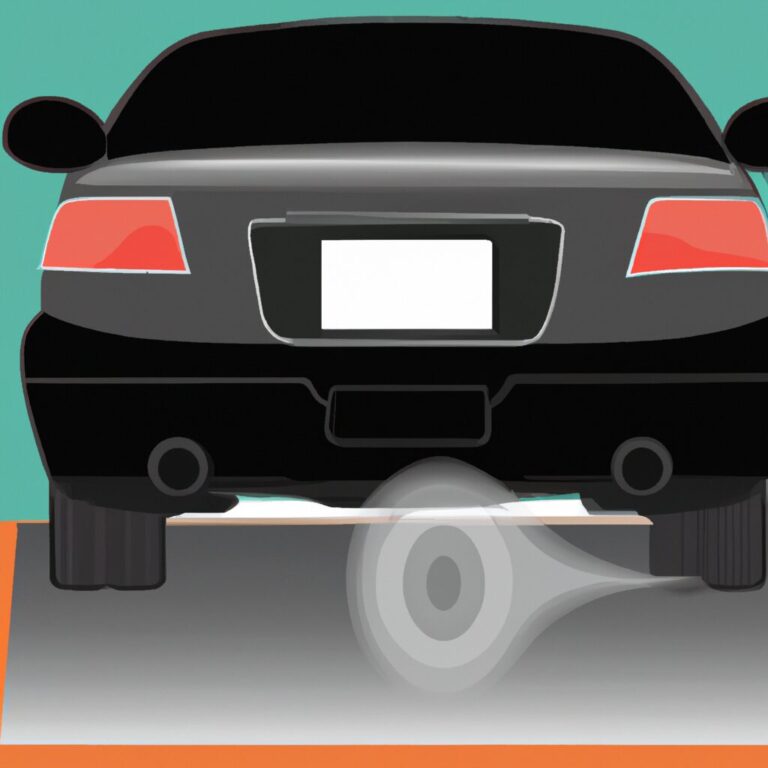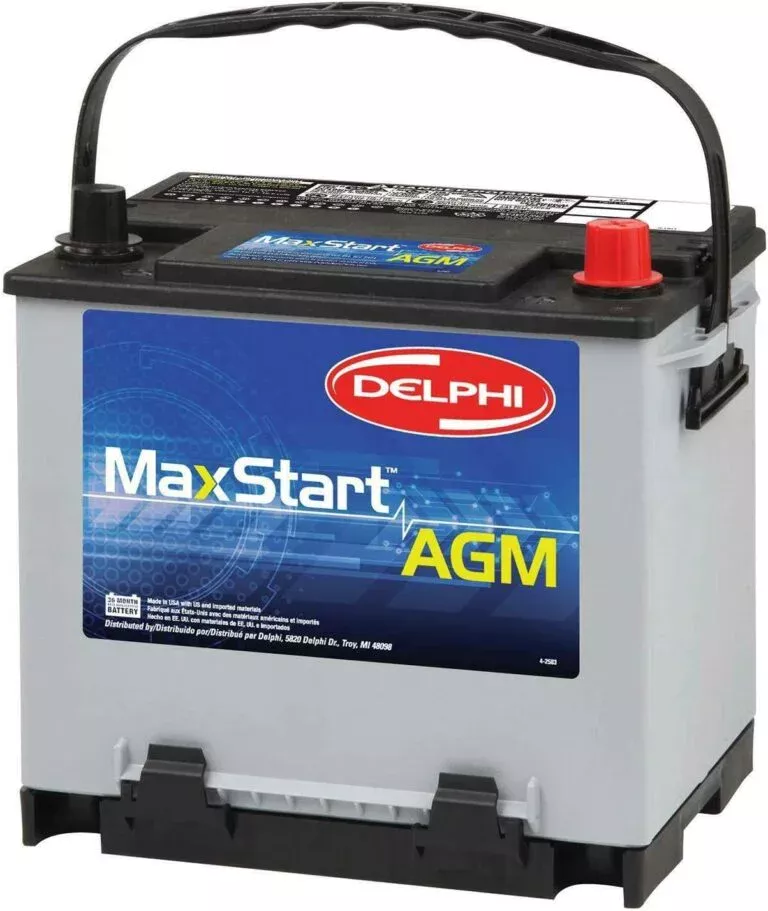Exploring Coating Materials: Powder, Liquid, and More
In today’s industrial world, coating materials are used in a wide range of applications spanning from automotive to aerospace industries. But with so many different kinds of coatings available, it can be challenging to determine the right one for your specific project or application. This is where understanding the characteristics and advantages of various coating types becomes very important. In this article titled “Exploring Coating Materials: Powder, Liquid, and More,” we will provide detailed insight into some common types of coatings currently being used in different industries. From powder coats to liquid paints and more, we will analyze their properties, benefits and areas of use. Therefore if you’re looking to gain a better understanding on how these versatile materials work – keep reading!
Achieving Consistent Color in Powder Coating
Achieving consistent color in powder coating can be a challenging task for many manufacturers. Powder coating requires very specific conditions, including temperature and humidity controls that must be maintained consistently to produce uniform results. Any variation in these factors can result in significant differences in the final color outcome.
To achieve consistency with powder coatings, it is critical to have proper application techniques and equipment calibrated correctly. The electrostatic spray process used for applying the powder uses an electric charge to attract and bind the particles uniformly onto the desired surface. This system requires strict control over pressure, voltage levels, and flow rates for optimal results.
One of the key advantages of powder coatings is their range of colors available at a lower cost than other types of coatings such as liquid paint or plating processes. However, achieving precise shades may require adding pigments or using specialized formulations designed explicitly for certain applications requiring distinct hues. Adhering strictly to manufacturing protocols governed by various regulatory agencies ensures predictable outcomes with each production run, leading to more satisfied customers overall – which means enhanced reputation and increased sales opportunities over time!
Tips for Maintaining Color Consistency in Coating
Maintaining color consistency in coating is critical for many industries—think automotive, aerospace, and medical. Having a quality control process to verify the hue of your coatings can save costs by reducing waste associated with rejected batches that aren’t acceptable due to inaccurate or inconsistent coloring. A few tips for maintaining consistent colors include selecting high-quality pigments that are formulated specifically for their intended purpose; using precision mixers that integrate and blend components completely; and monitoring environmental conditions during every stage of production to reduce sources of randomness, such as fluctuating temperatures.
Another tip would be utilizing specialized software designed to help you set up reproducible recipes for each product line so you can ensure how it’s been created at different facilities uniformly. Setting these standards based on your target shade will enable ongoing vibrancy in your products when applied consistently across manufacturing sites, significantly enhancing quality outcomes with minimal effort required from paint technicians on-site. Optimizing this system could even streamline certain aspects like inventory management; potentially decreasing maintenance labor expenses over time while also improving sustainability efforts all around!
Importance of Consistent Color for Branding
Consistent color is a critical aspect of branding as it helps companies maintain their identity and build recognition among their target audience. When implemented effectively, consistent coloring can help differentiate your products or services from that of your competitors’ and create an emotional connection with customers.
In today’s fast-paced marketplace, where consumers have access to many different brands offering similar products or services, maintaining consistency in color is essential. Companies that change the colors used in branding campaigns constantly may struggle to establish a clear brand image in the minds of their customers.
Furthermore, brand consistency creates trust amongst consumers—a crucial component when building a loyal customer base. Consistency not only reinforces your brand’s commitment to quality but also instills confidence within potential buyers that they are purchasing a reliable product or service from you each time they interact with your company.
Color Matching in Powder Coating
In the world of powder coating, color matching is a critical component for achieving uniform aesthetics and maintaining brand consistency. The process involves accurately matching the desired color with the pigment powders to create a seamless blend, which is then applied to the surface through an electrostatic spraying method. Achieving precise color matching requires close collaboration between the powder coater and their customers, as each application will have unique requirements that must be considered.
Accuracy in color matching can also depend on factors such as lighting conditions, gloss level of the powder coating, and texture of the substrate being coated. To address these challenges, many manufacturers offer custom colors or use computerized systems to capture exact hues and match them precisely using pre-set formulas. Ultimately, advanced technology has made it easier than ever before to achieve complex finishes with unparalleled precision when working with powdered coatings – from bright metallics to textured effects – which make them ideal for countless industrial applications where appearance matters just as much as durability does.
Color Options for Powder Coating
When it comes to powder coating, there are a variety of color options available. Powder coatings come in many hues and finishes, including metallics, high glosses, and mattes. This versatility allows for a wide range of design possibilities while still providing durable protection against corrosion and wear.
Some common colors include black or white for sleek designs or bright primary colors to make a statement. Custom shades can also be created by mixing multiple powders together, allowing businesses to match brand colors or achieve unique effects that standout on the market.
Powder coats also have excellent color retention properties, which helps them maintain their vibrancy over time. Whether used for industrial equipment exposed to harsh environmental conditions or household appliances with everyday use – powder coat is a preferred option due to its durability and aesthetics.
Custom Color Powder Coating Services
Custom color powder coating services are a popular option for those looking to enhance the appearance and durability of metal surfaces. This type of coating involves applying a dry powder material, which is then heated and cured into a smooth, durable finish. What sets custom color powder coating apart from other forms of coating is that it allows for an almost limitless range of colors and textures, making it perfect for everything from decorative items to heavy-duty machinery.
One advantage of custom color powder coatings is their resistance to fading, chipping, and corrosion. This makes them particularly useful in outdoor settings where exposure to the elements can cause wear-and-tear on metal structures. Additionally, because they do not require solvents or thinners like liquid coatings do, both application and cleanup are easier and safer. Whether you’re looking to add aesthetic value or improve functionality with your metal surfaces, custom color powder coating can be tailored specifically to your needs with minimal hassle.
Color Consistency for High-Volume Jobs
Color consistency is a critical aspect that needs to be considered when performing high-volume coating jobs. When it comes to bulk production of coated products, ensuring uniformity in color across all the parts is essential. This requires meticulous attention to detail and precision in the application of coating materials. Even minor errors or deviations can result in variations in hue, tint, or shade that could compromise product quality and ultimately affect consumer perception.
To achieve consistent color output for high-volume jobs, manufacturers typically utilize automated processes that help control variables such as temperature, humidity, air pressure, and coating thickness with exceptional accuracy. These systems are capable of delivering precise amounts of coatings with minimal variations between batches while continuously monitoring and adjusting various factors during production runs to ensure uniformity on every surface.
In conclusion, color consistency is one of the most crucial factors for achieving superior quality outcomes in high-volume coating jobs. Manufacturers must use reliable tools and techniques such as automation to maintain consistent standards throughout their production cycles. By doing so, they can deliver products that meet customer expectations for impeccable finish quality at scale consistently.
Quality Control for Color Consistency
Quality control for color consistency is an important aspect of any coating application. Inconsistencies in color can be caused by a range of factors such as improper mixing, environmental conditions or equipment issues. These inconsistencies can impact the overall aesthetic appeal and functionality of the finished product.
To ensure that color consistency is maintained throughout the coating process, companies use a variety of quality control measures including visual inspections and automated color measurement systems. Visual inspections involve trained personnel who examine coated surfaces to look for variations in hue, saturation or brightness levels. Meanwhile, automated color measurement systems utilize specialized devices to measure specific factors like light reflectance or CIELAB values which quantify colors based on objective standards.
The goal of quality control procedures for color consistency is to ensure that every batch produced meets client specifications regardless of what materials were used or production conditions encountered. By selecting appropriate coatings with consistent properties and applying rigorous testing methods during the production process, manufacturers are better equipped to deliver high-quality products that meet industry demands and exceed customer expectations.
Coating Color Trends
Coating color trends are constantly evolving as industries strive to enhance the functional and aesthetic properties of their products. One of the most significant coating color trends is the expansion of custom color options that can match specific brand logos or product designs. This trend allows manufacturers to create unique color schemes for their products, enhancing branding efforts and distinguishing themselves from competitors.
Another notable trend in coating colors is a growing preference for environmentally friendly coatings. With an increasing focus on sustainability across industries, many manufacturers prefer eco-friendly coatings that reduce their carbon footprint while still providing high-quality performance characteristics. These coatings feature low VOCs (volatile organic compounds) and use natural ingredients whenever possible.
As technology continues to advance, it’s likely that new coating materials will be developed with innovative colors and textures. Whatever changes occur in coating technology, keeping pace with current trends will remain essential for optimizing production processes and staying competitive in today’s industrial marketplace.
Coating Equipment Selection
When it comes to coating equipment selection, determining the right type of material is critical. The characteristics and advantages of different coatings must be taken into account before making a decision. Powder coatings are commonly used in industries that require corrosion protection as they provide excellent durability and long-lasting performance. On the other hand, liquid coatings may offer superior adhesion properties which make them ideal for surfaces with complex shapes.
Furthermore, factors such as curing time, finish options, and environmental regulations may also influence your selection process. It’s essential to consider how each option will impact your operation both short-term and long-term. Choosing the wrong coating system can lead to negative consequences such as reduced efficiency or even safety concerns down the line.
Ultimately, understanding your specific needs and requirements will help guide you towards selecting the right equipment for your business’ success. Taking into account these key considerations when choosing a coating system can ensure optimal results in terms of quality management standards, production output rates goals or regulatory requirements compliance efforts toward customer satisfaction expectations achievement purposes among others potential benefits depending on each company’s particular situation.


